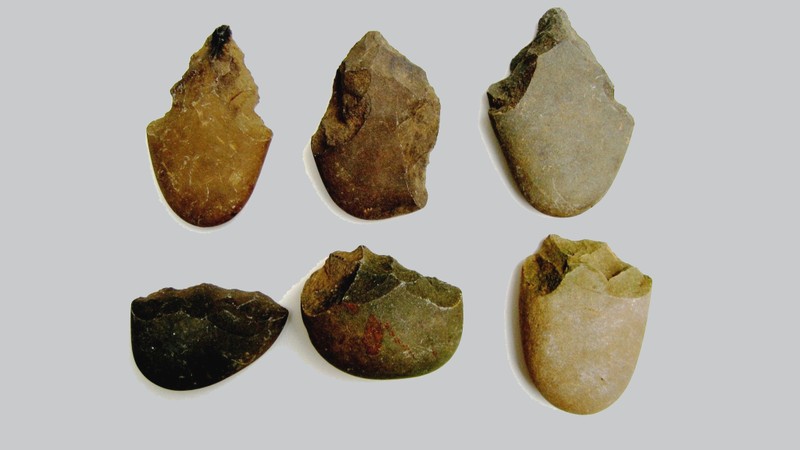The tools were found at multiple locations with relics of primitive human society in the hilly regions of Dong Quac and Tan Lap villages in Binh Nhan commune and the Thuong Temple in Vinh Quang commune, all in Chiem Hoa district.
The discovery was the result of a joint effort between the Vietnam Institute of Archaeology (IOA) and the Tuyen Quang Museum.
Dr Trinh Nang Chung, from the IOA, stated that, in Dong Quac and Tan Lap, the archaeological team discovered dozens of stone tools, including pointed tools, raw chopping tools, axes and knives, which are typical of the Son Vi Culture.
In the Thuong Temple area along the Gam River, the archaeologist discovered hundreds of stone tools belonging to different prehistoric periods, with the oldest tools dating back to the late Palaeolithic period, approximately 20,000 years ago.
The team also found more advanced tools such as short axes and oval axes of the Neolithic period, belonging to the Hoa Binh Culture, estimated at 8,000-9,000 years ago.
At the Thuong Temple region, many bronze axes and arrows which date back to 2,000 years ago were also unearthed.
The findings indicate that the Thuong Temple region was continuously inhabited by humans from the Palaeolithic to the Neolithic periods.
In the age of metals, this place could have been a large settlement location of people belonging to the Dong Son Culture.
In addition to the aforementioned tools, archaeologists also discovered a number of quadrangle axes and raw ceramics at the mouth of the Loong Cha Cave in Binh Nhan commune, which they say could be a site of human habitation from more than 4,000 years ago.
















